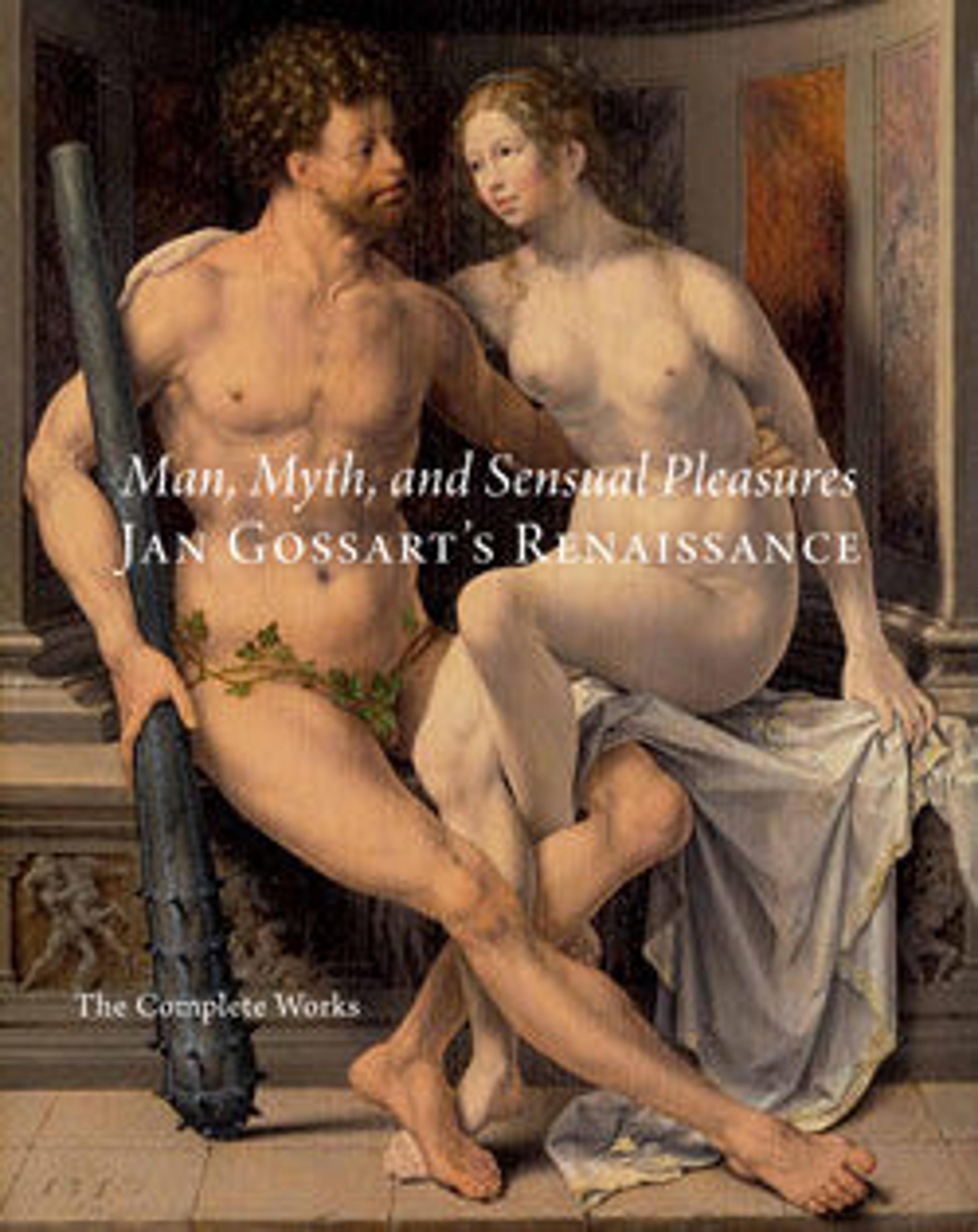Lucretia
Lucretia was a beautiful and virtuous noblewoman who committed suicide in 510 bce after being raped by Prince Sextus Tarquinius, the son of the last Roman king. Her tragic death brought about the rebellion that established the Roman Republic. The subject of a secular story about ancient Rome, Lucretia was nevertheless admired for her chastity by religious writers during the Renaissance. She was both touted as a model of Christian womanhood and sexualized as an acceptable subject for artistic depictions of sensuous female nudes.
Artwork Details
- Title: Lucretia
- Artist: Daniel Mauch (1477–1540)
- Date: 1530
- Culture: German
- Medium: Boxwood (Buxus sempervirens); pedestal: various pieces of dark colored wood, including pieces of ebony (Diospyros sp.)
- Dimensions: Overall (statuette): 8 3/8 × 3 × 2 1/2 in. (21.3 × 7.6 × 6.4 cm);
Overall (pedestal): 2 1/2 × 3 1/8 × 3 in. (6.4 × 7.9 × 7.6 cm) - Classification: Sculpture-Miniature
- Credit Line: Gift of J. Pierpont Morgan, 1917
- Object Number: 17.190.582
- Curatorial Department: European Sculpture and Decorative Arts
More Artwork
Research Resources
The Met provides unparalleled resources for research and welcomes an international community of students and scholars. The Met's Open Access API is where creators and researchers can connect to the The Met collection. Open Access data and public domain images are available for unrestricted commercial and noncommercial use without permission or fee.
To request images under copyright and other restrictions, please use this Image Request form.
Feedback
We continue to research and examine historical and cultural context for objects in The Met collection. If you have comments or questions about this object record, please complete and submit this form. The Museum looks forward to receiving your comments.
